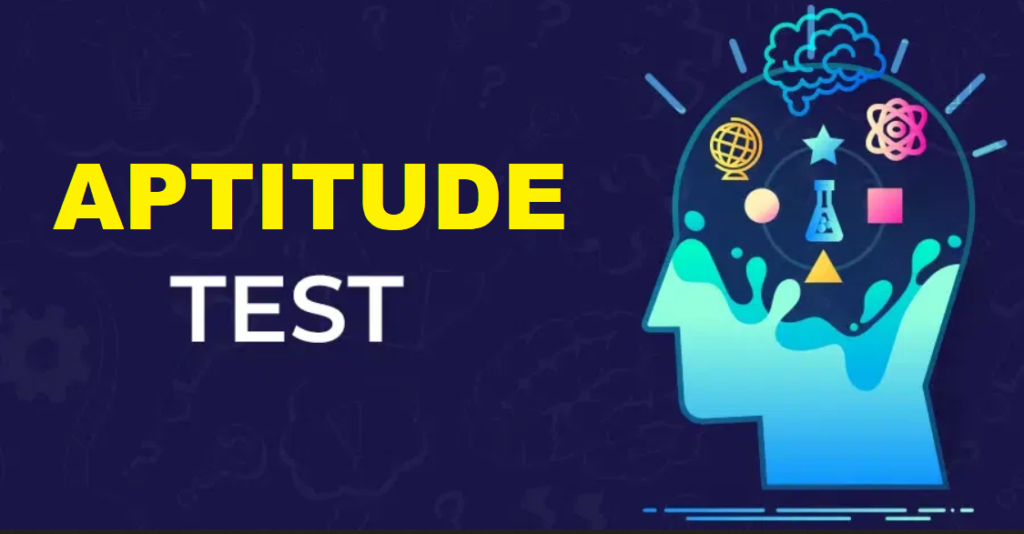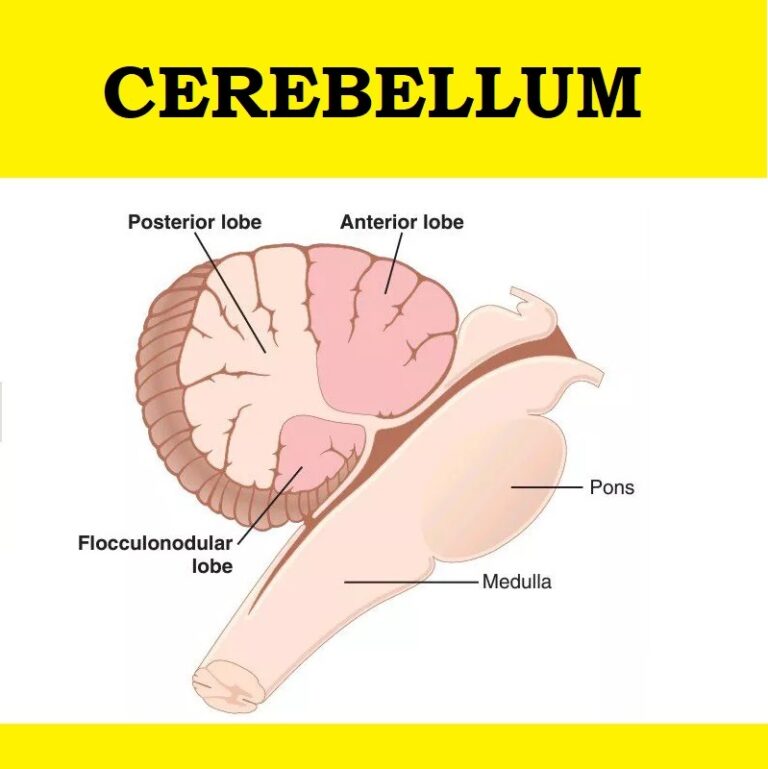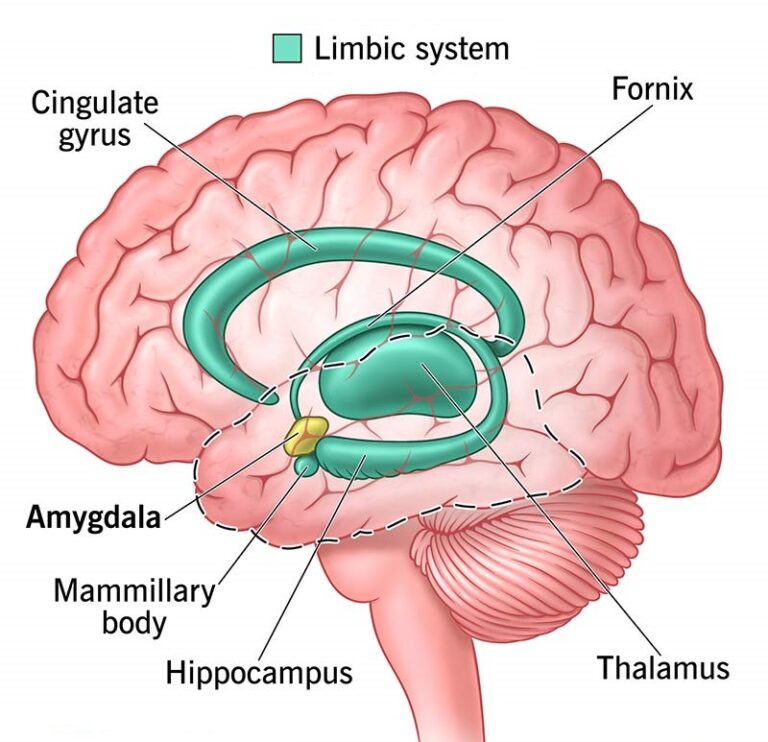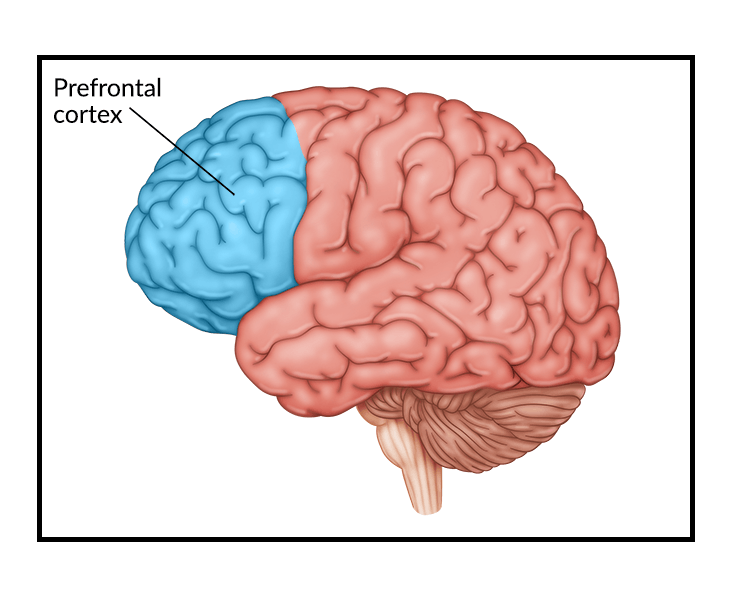
#Psychological #Testing #Aptitude #Tests
Aptitude tests are widely used psychological tools designed to assess an individual’s potential to develop specific skills or perform tasks effectively. These tests have applications ranging from educational placements to career counseling and organizational hiring.
1. Historical Development of Aptitude Tests
Aptitude testing has its roots in the early 20th century and has evolved significantly over the decades, shaped by contributions from key psychologists and researchers.
Early Foundations
- 1905: The Binet-Simon Scale was developed by Alfred Binet and Theodore Simon to measure general intelligence, laying the groundwork for aptitude assessment.
- 1917: During World War I, the U.S. Army introduced the Army Alpha and Beta Tests to evaluate recruits’ verbal and nonverbal abilities.
Mid-20th Century Developments
- 1947: The Differential Aptitude Tests (DAT) were developed by George Bennett, Harold Seashore, and Alexander Wesman to assess multiple aptitudes such as verbal reasoning, numerical ability, and spatial visualization.
- 1950s: The emergence of specialized tests, such as the Scholastic Aptitude Test (SAT) and Graduate Record Examinations (GRE), marked a shift towards academic potential measurement.
Modern Aptitude Testing
- 1980s and Beyond: Computerized testing systems like the Armed Services Vocational Aptitude Battery (ASVAB) and General Aptitude Test Battery (GATB) allowed for adaptive testing and greater precision.
- 2000s: The rise of gamified and AI-based aptitude tests transformed traditional formats, making them more engaging and predictive of real-world performance.
Timeline of Key Aptitude Tests
| Test | Authors/Developers |
| Binet-Simon Scale | Alfred Binet, Theodore Simon |
| Army Alpha and Beta Tests | U.S. Army |
| Differential Aptitude Tests (DAT) | George Bennett, Harold Seashore |
| Scholastic Aptitude Test (SAT) | College Board |
| Armed Services Vocational Aptitude Battery (ASVAB) | U.S. Department of Defense |
2. Types of Aptitude Tests and Their Applications
Aptitude tests are designed to measure specific abilities or potential in various domains. Below are the major categories, along with examples and applications:
2.1. Verbal Aptitude
- Examples: Verbal Reasoning Test, DAT Verbal Reasoning.
- Applications: Evaluating language proficiency for roles in education, journalism, or law.
- Practical Example: A verbal reasoning test used in recruitment to assess a candidate’s ability to interpret written information.
2.2. Numerical Aptitude
- Examples: Numerical Reasoning Test, Graduate Management Admission Test (GMAT).
- Applications: Assessing mathematical abilities for positions in finance, engineering, or data analysis.
- Practical Example: A numerical test used to evaluate a job applicant’s ability to interpret and analyze financial data.
2.3. Spatial Aptitude
- Examples: Mental Rotation Test, DAT Spatial Relations.
- Applications: Relevant for careers in architecture, design, and engineering.
- Practical Example: Administering a spatial test to measure an individual’s ability to visualize and manipulate 3D objects.
2.4. Mechanical Aptitude
- Examples: Bennett Mechanical Comprehension Test.
- Applications: Assessing mechanical reasoning for technical roles in manufacturing or automotive industries.
- Practical Example: A mechanical test used to evaluate an individual’s understanding of mechanical concepts.
2.5. Abstract Reasoning
- Examples: Raven’s Progressive Matrices, Abstract Reasoning Tests.
- Applications: Identifying problem-solving and critical thinking skills.
- Practical Example: Using Raven’s Matrices to evaluate nonverbal reasoning ability in cognitive research.
| Aptitude Test Types | Examples | Applications |
| Verbal Aptitude | Verbal Reasoning Test | Education, journalism, law |
| Numerical Aptitude | GMAT, Numerical Reasoning Test | Finance, engineering, data analysis |
| Spatial Aptitude | Mental Rotation Test | Architecture, design, engineering |
| Mechanical Aptitude | Bennett Mechanical Test | Manufacturing, automotive |
| Abstract Reasoning | Raven’s Progressive Matrices | Problem-solving, cognitive research |
3. Critical Evaluation of Aptitude Tests
3.1. Strengths
- Predictive Validity: Aptitude tests are reliable predictors of academic and job performance.
- Standardization: These tests provide a fair and uniform platform for evaluation.
- Versatility: Aptitude tests can be tailored for specific roles, industries, and educational needs.
3.2. Limitations
- Cultural Bias: Many tests favor individuals from specific cultural or linguistic backgrounds.
- Stress-Induced Performance: Test anxiety can impact results, undermining accuracy.
- Static Nature: Aptitude tests may not account for an individual’s ability to learn and adapt over time.
3.3. Ethical Considerations
- Ensure transparency in test use and results.
- Avoid misuse of tests for discriminatory practices.
- Adapt tests to eliminate cultural or gender biases.
4. Practical Advice for Learners and Practitioners
4.1. Choosing the Right Test
- Tip: Align the test with the purpose. For example, use a GMAT for assessing numerical reasoning in MBA admissions.
- Actionable Example: An organization hiring a data analyst may prioritize numerical reasoning and abstract reasoning tests.
4.2. Effective Test Administration
- Standardized Procedures: Ensure consistency in administration to maintain reliability.
- Environment: Conduct tests in a quiet, well-lit environment to minimize distractions.
- Practice Sessions: Provide candidates with practice tests to familiarize themselves with the format.
4.3. Interpreting Results
- Holistic Analysis: Combine test scores with other assessment tools, such as interviews and past performance.
- Actionable Example: A low verbal aptitude score in a multilingual candidate may reflect language barriers rather than cognitive deficits.
| Practical Tips | Description |
| Test Selection | Choose tests aligned with the purpose. |
| Administration | Standardize procedures and eliminate bias. |
| Interpretation | Contextualize results for informed decisions. |
5. Relevant Research Findings
- Predictive Validity: Schmidt and Hunter (1998) demonstrated that general aptitude tests predict job performance with a correlation of 0.51.
- Cultural Bias: Helms (1992) highlighted the importance of adapting aptitude tests for diverse populations to improve fairness.
- Adaptive Testing: A study by Weiss and Kingsbury (1984) emphasized the efficiency of computerized adaptive testing (CAT) in reducing test length without compromising accuracy.
6. Conclusion
Aptitude tests remain invaluable tools for assessing potential across various domains. While their strengths in predictive validity and standardization are well-established, addressing cultural biases and dynamic learning capabilities is essential for future advancements. For learners and practitioners, understanding the nuances of test selection, administration, and interpretation is crucial for maximizing their effectiveness.
References
- Schmidt, F. L., & Hunter, J. E. (1998). The validity and utility of selection methods in personnel psychology. Psychological Bulletin, 124(2), 262-274.
- Helms, J. E. (1992). Why is there no study of cultural equivalence in standardized cognitive ability testing? American Psychologist, 47(9), 1083-1101.
- Weiss, D. J., & Kingsbury, G. G. (1984). Application of computerized adaptive testing. Journal of Educational Measurement, 21(4), 361-375.







